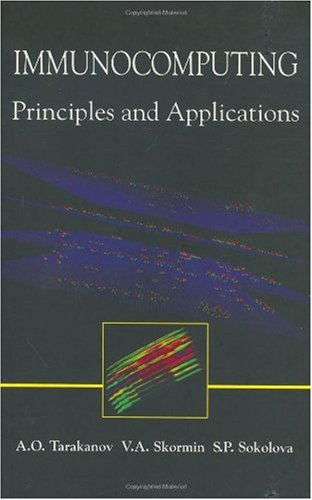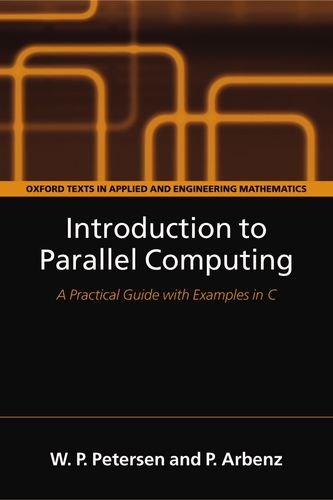Giridhar D. Mandyam, Jersey Lai, Jerry D. Gibson9780124680418, 0124680410
Until now, most wireless devices have been used for voice transmission, but the new third generation of wireless devices promise greatly enhanced delivery of both voice and data communications. These devices are currently under development and are being built using the two major CDMA (code division multiple access) systems, cdma2000 and wideband CDMA. These telecommunication systems use signal codes to receive voice and data information. This authoritative new book reviews both of these systems and deals with the challenges engineers face in bringing these next generation devices to market.The authors work at Nokia, one of the world’s leading companies involved with the design, development, and manufacture of wireless telephones and devices. They are closely involved within Nokia and the industry in working with CDMA standardization to bring this technology to the consumer. This is the first book to cover both of the leading CDMA standards (cdma2000 and wideband CDMA), and it provides an authoritative, current review of the newest third generation technologies.This book is ideal for the engineers developing wireless devices (at Nokia, Ericsson, Qualcomm, Motorola, etc.), as well as for those in the service sectors (i.e. AT&T, Verizon, Voicestream, Quest, etc.).The use of mobile communication devices has grown phenomenally throughout the world during the last few years. With strong consumer demand to increase data delivery (large emails, browsing the Internet on wireless devices, transferring video images, etc.), engineers are faced with the challenge of enhancing CDMA to provide larger data capabilities while improving voice signals for clearer reception.In November2001 the U.S. Federal Communications Commission released a much broader band of frequencies to wireless service providers, which will speed up the development of these systems. |
Table of contents :
Cover……Page 1
Half Title Page……Page 4
Title Page……Page 6
Copyright……Page 7
Table of Contents……Page 8
Preface……Page 10
1. Introduction……Page 12
2. Multiple-Access Cellular Communications……Page 16
3. Conclusions……Page 22
1. Introduction……Page 24
2. Processing Gain……Page 26
3. Pseudorandom Sequences……Page 27
4. Orthogonal Codes……Page 32
5. Spreading……Page 34
6. Modulation Constellations……Page 39
7. Pulse Shaping……Page 44
8. Channel Coding……Page 46
9. Conclusions……Page 50
1. Introduction……Page 52
2. Fading Channel Analysis……Page 57
3. Diversity Techniques for Fading Multipath Channels……Page 60
4. Power Control……Page 62
5. Conclusions……Page 66
1. Introduction……Page 68
2. Overview of IS-95 Air Interface……Page 71
3. cdma2000……Page 88
4. cdma2000 Physical Layer……Page 93
5. Conclusions……Page 115
1. Introduction……Page 118
2. 1X-EV-DO……Page 119
3. 1X-EV-DV……Page 132
4. Conclusions……Page 151
1. Introduction……Page 154
2. WCDMA Channels……Page 158
3. WCDMA Physical Layer……Page 171
5. Conclusions……Page 190
1. Introduction……Page 192
2. IS-95 and CDMA2000 Voice Capacity……Page 196
3. CDMA2000 Data Capacity……Page 206
4. 1X-EV Performance……Page 209
5. WCDMA Performance……Page 212
6. Conclusions……Page 218
1. Introduction……Page 220
2. IS-95 Handover……Page 221
4. 1X-EV……Page 226
5. WCDMA Handover……Page 230
6. Conclusions……Page 232
Appendix: CDMA Transceivers……Page 234
Author Biographies……Page 270
Index……Page 272
Back cover……Page 294 |







Reviews
There are no reviews yet.